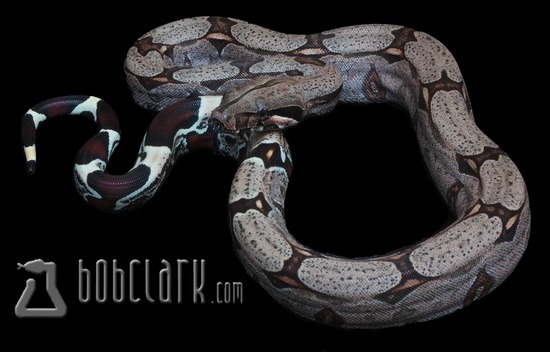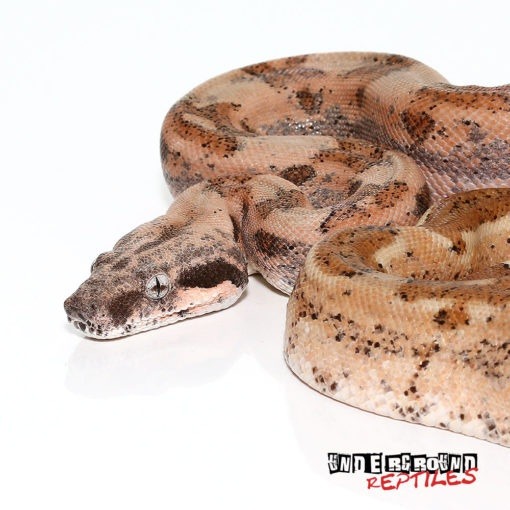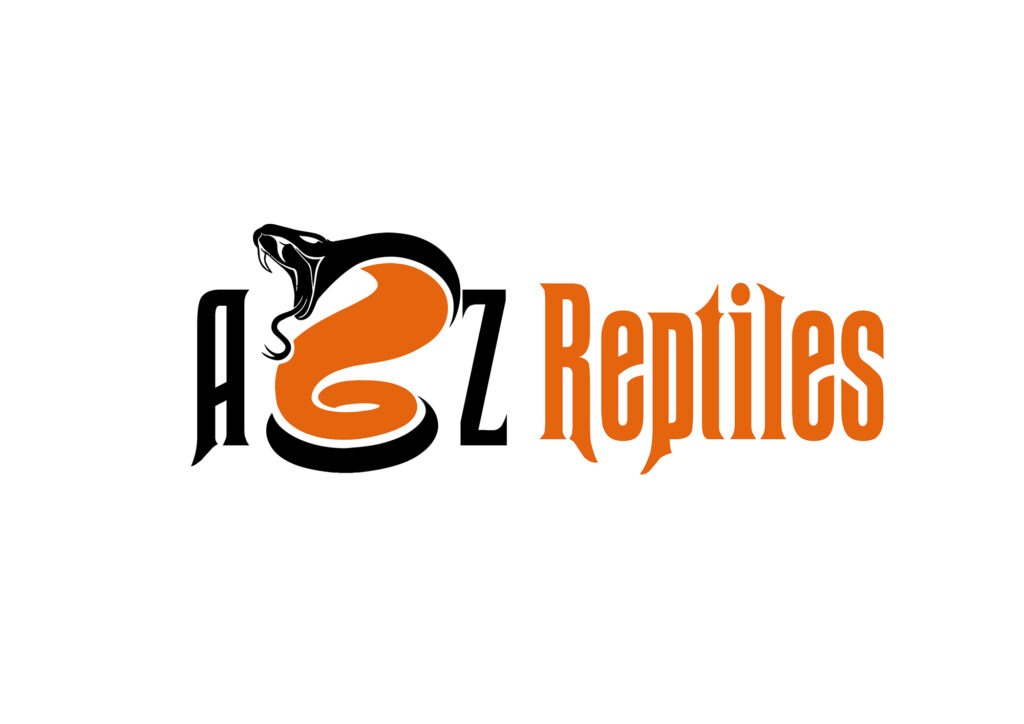
CARE SHEET FOR RED-TAIL BOA

Please support the breeder by clicking here!
This CARE SHEET FOR RED-TAIL BOA. The red-tailed boa is one of the favourite snakes for a lot of snake keepers. The red-tail boa is non-venomous, without a fang. They have tiny, hooked teeth at the back of their inner jaws to enable them to grasp their prey. Red-tails are mostly found in South America and Tropical Central. They are nocturnal, but can also thrive during the day in seasons of low temperatures. However, if you are going to own a red-tail boa, you need to have good information about them.
At their infant stage, they are usually about 3 ounces, 20 inches, but within a year, you may be surprised at their fast growth rate to about 4 to 5 feet. In 3 to 5 years time, they would have reached their maximum potential length of 10 feet.
Outlined below are a few vital factors that need proper attention in this CARE SHEET FOR RED-TAIL BOA:
Housing
A baby red-tail boa will fit into a 30” by 12” by 12” H compartment. However, after about a year, a larger house will be required for the snake. For an adult boa, a compartment of about 6’ by 2’ by 2’H will be fit for it. No cage size is too large for a boa to live in, so if you can, it is better to make a bigger compartment. They also enjoy climbing a lot, so they need space for this. However, ensure that the open spaces in the house for the boa are tightly secured to prevent possible escape as the snake can be very good at escaping. The cage bottom should be lined with reptile carpets or recycled papers, and large crevices should be provided to enable the snake to hide.

Please support the breeder by clicking here!
Feeding
Red-tail boas need to be fed consistently and properly too. A proper meal for a red-tail boa will consist of pre-killed prey. If killed and frozen, ensure that it is warmed up to above room temperature, and ensure that you do not use a microwave to warm it up. When feeding the snake with live rodent, ensure that you stay around the area as a live rodent can injure the snake. Make available fresh, chlorine-water in a bowl large enough for the snake to fit into. For juveniles, feed once in 5-10 days, for adults, feed once in 7 to 14 days. Ensure that the feed is not larger than the biggest part of the snake’s girth.
Heating or Lighting
A part of the cage should be cool, and the other part should be warm to allow the snake to regulate its body temperature. The cool part should be about 80 degrees F while the warmer part should be about 90 degrees F, create a basking spot of about 90-95 degrees F. Ceramic heat emitters will be suitable for the heating and they should be placed out of the reach of the snakes to avoid hurting the snake.
Since plastic dial thermometers can be unreliable, the digital thermometer should be bought and used for accurate temperature readings. For the lighting, do not exceed 920F as this is unsuitable for the snake’s health. There is no need for specialized UV lighting with snakes.
Hibernation
Since the red-tail boa does not undergo natural hibernation process, keep it warm during winter. You may observe a slight reduction in the eating rate, but that should not bother you as it is normal. By spring, the normal feeding rate should return.
Shedding
When your boa is about to shed its skin, you will observe that its’ eyes will become cloudy, and turn a certain shade of blue. The red-tail boa will shed its skin all at once. As an adult, the shedding rate is reduced since they are fully grown. However, baby boas will shed their skin more often as they are growing at a fast rate.
To prevent issues while shedding, ensure that there is a good level of humidity in its house. This can be done by misting the house a few times in a day, and by ensuring that the house is moist enough for the snake. With this rightly done, shedding will be fast and easy. After the shedding process, inspect the snake to ensure that the shedding process was complete. If there is unshed skin around the snake, the snake can fall sick. If you notice that some skin was not properly shed, especially around the eyes, you need to help the snake with it.
Place the snake in a plastic, humid, container with warm towels surrounding it, and cover the container. After 30 minutes, the humidity should be enough to loosen up the skin to make it come off easily. After the process, use a pair of tweezers to remove the unshed skin on the boa.
A large bowl of water should be provided for the red-tail boa, preferably on the cooler part of the tank to avoid evaporation. This is an essential tip for the red tail boa care sheet. The water should be large enough for it to soak its full body. You must be careful to ensure that the water is not too large that it would be difficult for the snake to come out of it.
Before feeding the rodents to the snake, lace them with calcium powder and other suitable reptile vitamins to ensure that the snake gets enough vitamins in its diet.
It is vital to take proper care of the snake house. Clean and disinfect the house at least once a week. Take out the substrate, use a little amount of bleach in the solution for washing the cage, before rinsing thoroughly with clean water, dry it out and then replace the substrate before keeping the snake back. The maintenance process is not difficult since the amount of semi-solid food excreted by the snake is small. If paper towels are used for the substrate, ensure that they are replaced at least once a week during the cleaning session.

Please support the breeder by clicking here!
Red-tail boas can live for more than 20 years if properly taken care of. The care process is quite easy and will certainly work well if fully adhered to. These snakes can be interesting to take care of, and they can be good company also. Do take advantage of our red tail boa care sheet and you will be to sure to have a good time.
SUBSCRIBE TO OUR YOUTUBE CHANNEL CLICK HERE!
Want to Support our efforts? Donate! fan funding is our main source of income! Thank you!
Become a Patron!
 Buy me a coffee
Buy me a coffee

Support Our Breeding operation Click Here For Our Go Fund Me!


This is the link to click for a reptile or a frog! Check out this article! Click Here!
Get A Baby Tortoise! Check out This article! Click Here!
Ball Python Care Guide CLICK HERE!
Ball Python Habitat Guide!
Bearded Dragon Care Sheet!
Blue-tongue Skink CARE SHEET!
CARE SHEET FOR RED-TAIL BOA!
Reticulated Python Care Sheet!
Savannah Monitor Care Sheet!
Glass Cages!
Animal Plastics!
Custom Cages!
ARS Caging!
Custom Reptile Habitats!